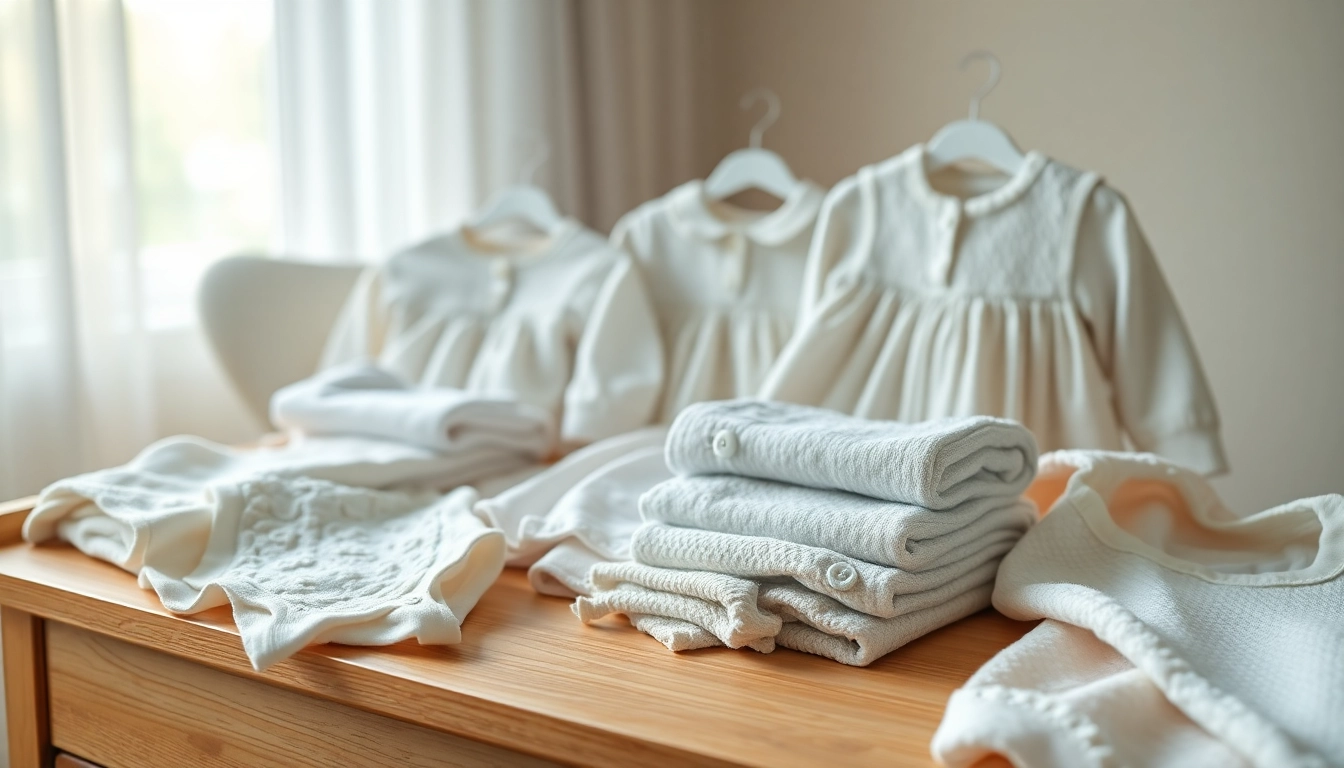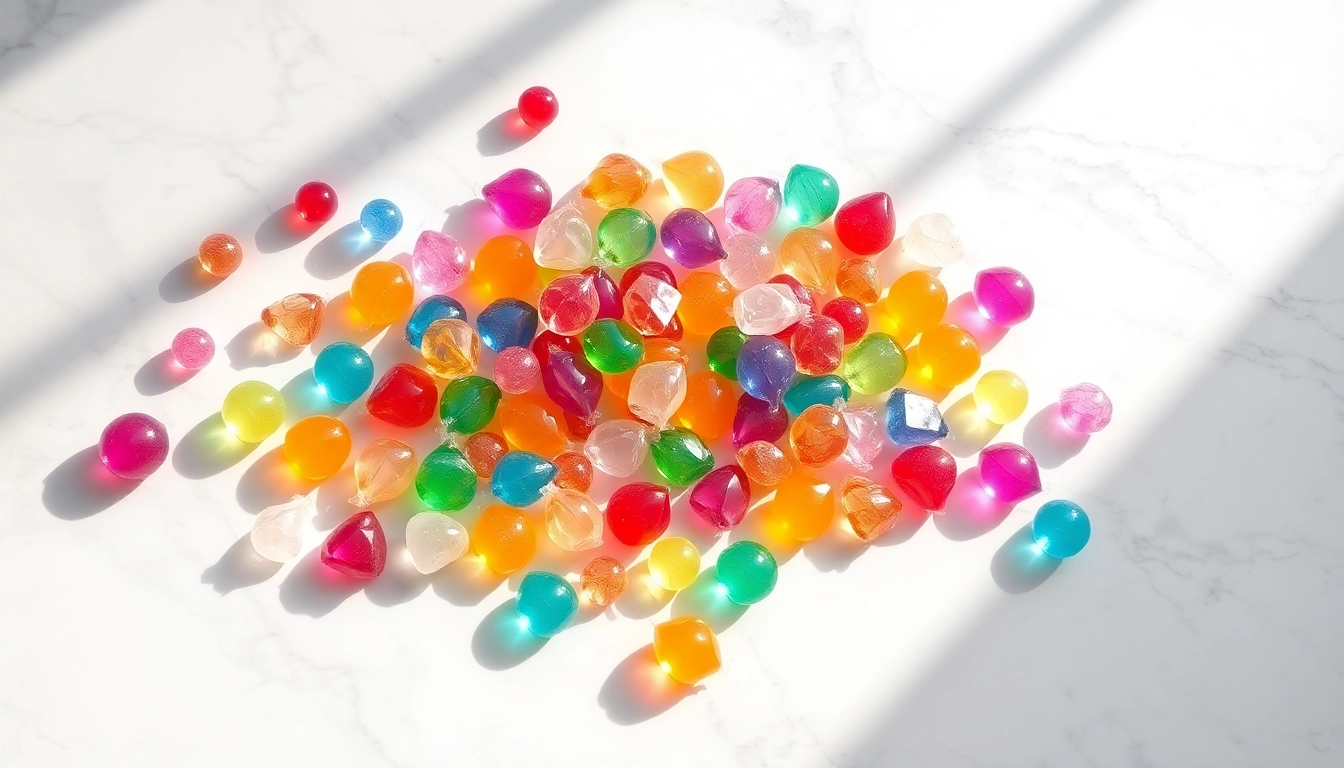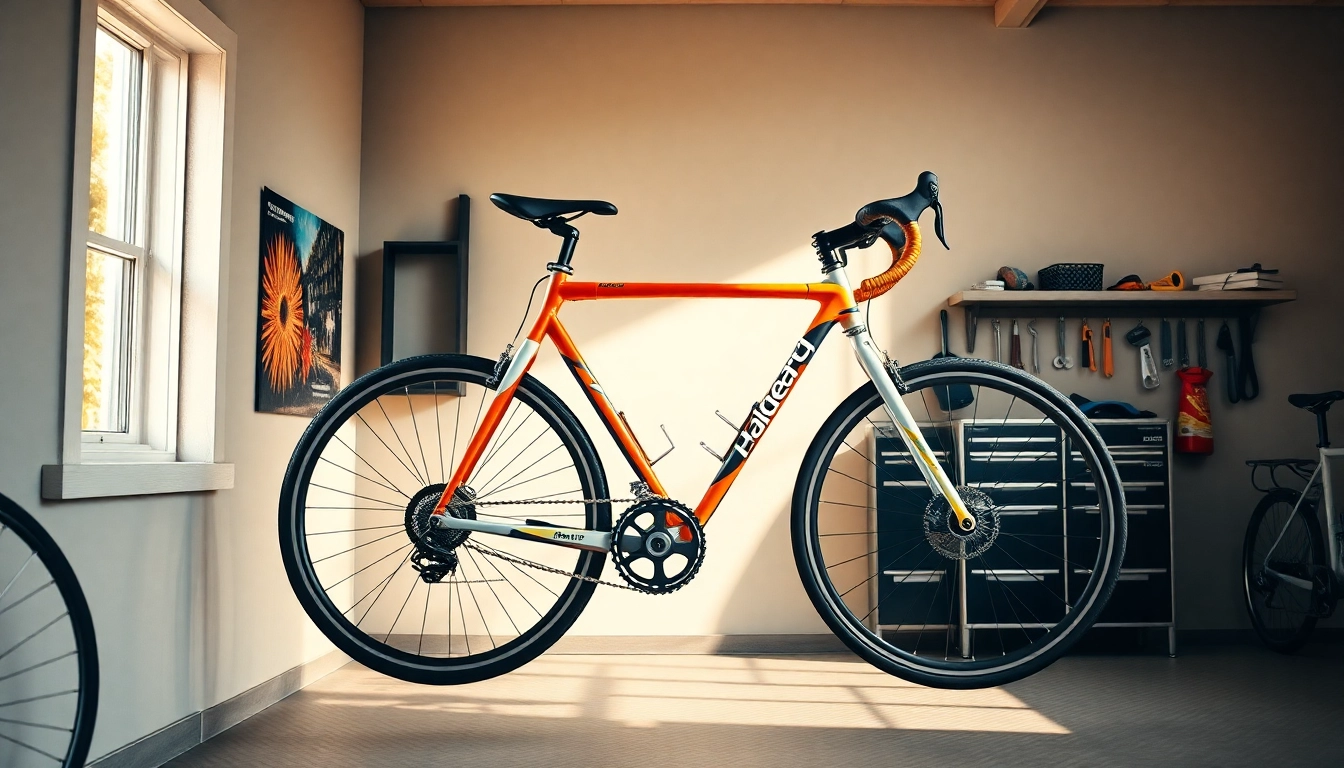Understanding Baby Clothes: Fabric Types and Their Benefits
Cotton vs. Synthetic Fabrics for Baby Clothes
Choosing the right fabric for baby clothes is essential, as infants have delicate skin that requires special attention. Cotton is often the preferred choice due to its natural properties. Soft, breathable, and hypoallergenic, cotton allows for air circulation, reducing the risk of irritation and discomfort for the baby. Additionally, it’s easy to wash and maintain, making cotton a practical fabric for baby apparel.
On the other hand, synthetic fabrics like polyester and nylon can offer durability and resistance to wrinkling and fading. However, they may not provide the same breathability as cotton, which is crucial for a baby’s sensitive skin. Many parents opt for blends that incorporate both natural and synthetic fibers to achieve a balance between comfort and durability.
Organic Options for Sensitive Skin
For parents particularly concerned about chemical exposure, organic baby clothes are an excellent option. Made from cotton that is grown without the use of pesticides or chemicals, organic materials are softer and safer for a baby’s skin. These clothes often carry certifications, ensuring that they are free from harmful substances. Choosing organic baby clothes not only benefits the child but also supports sustainable farming practices, contributing to a healthier planet.
Durability and Comfort in Baby Clothes
With babies growing at an astonishing rate, durability is a key consideration in choosing Baby clothes. Selecting clothes with reinforced seams, quality stitching, and materials designed for frequent washing can prolong their lifespan. Look for options that withstand wear and tear, especially in high-contact areas like sleeves and collars. Comfort is equally important; clothes should fit well, allowing for ease of movement during play and exploration while being snug enough to prevent gaps that could cause discomfort.
Choosing the Right Sizes for Baby Clothes
How to Measure Your Baby for the Perfect Fit
Properly measuring your baby is essential to ensure a comfortable fit. You’ll need a measuring tape and a list of measurements to consider. Measure the baby’s height by having them stand upright against a wall, and measure from the top of their head to their heel. For waist size, measure around the smallest part, usually just above the belly button. Don’t forget to measure their chest by wrapping the tape around the widest part of the chest area. These measurements will help you navigate size charts and ensure a good fit.
Understanding Size Charts for Baby Clothes
Baby clothing sizes can be confusing, as different brands may have varying standards. Typically, sizes are categorized by age and weight, but even these can differ significantly between brands. Familiarize yourself with the size chart specific to the clothing label. It’s also wise to have a sense of your baby’s current growth pattern; some may fit into clothes labeled for their age while others might require a size up or down based on their personal growth rate.
The Importance of Growth Considerations in Buying Baby Clothes
Babies grow rapidly, so it’s common to buy clothes that are a size or two larger, especially for everyday wear. However, striking a balance between buying ahead and ensuring a snug fit is crucial. Outfits that are too big may pose safety risks, like tripping, while those that are too small may restrict movement. Parents should consider opting for adjustable clothing items, which can adapt to their growing child for extended usability.
Styling Tips for Baby Clothes: Creating Adorable Outfits
Layering Techniques for Different Seasons
Layering is a fantastic way to keep babies comfortable in varying temperatures. During colder months, base layers made of breathable materials can be topped with heavier items for insulation. Lightweight jackets or knitted sweaters provide ease of removal as temperatures change. In warmer months, light, loose fabrics can keep babies cool while allowing for easy movement, ensuring they can enjoy their playtime without overheating.
Coordinating Accessories with Baby Clothes
Accessories can elevate any outfit, and for babies, this can include hats, socks, and shoes. Consider matching colors and patterns for a coordinated look. A cute hat can not only add charm but also shield your baby’s head from the sun or the chill. Footwear is another critical accessory, ensuring the baby’s feet remain protected while still allowing for comfort and movement.
Color Combinations That Work Well for Babies
When styling baby clothes, color choices can significantly impact the overall look. Soft pastels are traditionally popular for babies, as they create a serene and innocuous aesthetic. However, vibrant colors can also be fun, especially for special occasions or playful photo opportunities. Mixing and matching colors while considering seasonal trends can help create an engaging wardrobe; for instance, pairing bright colors with neutrals can provide a well-rounded look.
Where to Buy Quality Baby Clothes Online
Top Features to Look for When Shopping Online
Shopping for Baby clothes online can be convenient, but make sure to look out for key features that enhance the purchasing experience. Website usability, secure payment options, and a comprehensive inventory are essential. Additionally, opt for sites that provide full product descriptions, size guides, and easy return policies. These functions ensure you have all necessary information readily available to make informed choices.
Comparing Prices and Quality of Baby Clothes
While hunting for the best deals on baby clothes, remember that the lowest price doesn’t always equate to the best quality. Compare the materials used, the construction of items, and customer reviews to gauge the overall value. Often, spending a bit more on well-constructed items can save money in the long run since they will last longer through various stages of a baby’s growth.
Reading Reviews to Ensure Quality in Baby Clothes
Before purchasing online, read product reviews. They often provide insights into how a product performs in real life and can highlight potential issues such as sizing discrepancies or quality concerns. Look for comprehensive feedback on comfort, durability, and how well the clothing holds up after washing. This real-world feedback is invaluable when making your purchasing decisions.
Maintenance and Care for Baby Clothes
Effective Washing and Drying Tips for Baby Clothes
Proper care for baby clothes extends their lifespan significantly. Always follow the care instructions provided on the garment’s label. Generally, washing baby clothes in cold water with a mild detergent helps maintain fabric integrity and colors. Avoid fabric softeners, as they can irritate a baby’s sensitive skin. When it comes to drying, air drying is usually best, but if using a dryer, opt for a low-heat setting to avoid shrinkage and wear.
Stain Removal Techniques for Common Baby Clothes Issues
Stains are an inevitable part of parenting, so knowing how to handle them is crucial. For common stains like milk, baby food, or diaper overflow, act quickly. Blot the stain gently with cool water, avoiding any harsh scrubbing. Specialized stain removers can be effective, but ensure they are safe for baby garments. Testing a small inconspicuous area first can prevent damage to the fabric.
Storing Baby Clothes: Best Practices
Organizing and storing baby clothes properly ensures they remain in good condition for future use or for siblings. Clean clothing should be folded neatly in a cool, dry area away from direct sunlight to prevent fading. Consider organizing by size and season to make it easier to locate items when needed. Vacuum-sealing items not currently in use can also save space and protect against dust and moisture.



